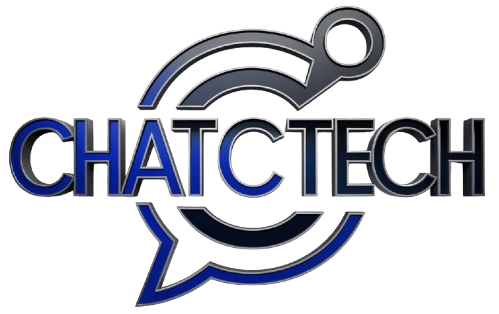Radiofrequency ablation (RFA) is a minimally invasive treatment used to address varicose veins, a common condition where veins become enlarged and twisted due to faulty valves. This procedure offers a safe and effective way to alleviate symptoms and improve vein health. Understanding how radiofrequency ablation works and its benefits can help individuals make informed decisions about their vein care.
How Radiofrequency Ablation Works
Radiofrequency ablation uses heat generated by radiofrequency energy to close off and seal the affected veins. The procedure involves the following steps:
- Ultrasound Guidance:
- A physician uses ultrasound imaging to locate the problematic vein.
- Catheter Insertion:
- A thin catheter is inserted into the vein through a small incision under local or general anaesthesia. The catheter delivers radiofrequency energy to the vein wall.
- Vein Closure:
- The heat generated by the radiofrequency energy causes the vein wall to collapse and seal shut, redirecting blood flow to healthier veins.

Benefits of Radiofrequency Ablation
Radiofrequency ablation offers several advantages over traditional surgical methods for treating varicose veins:
- Minimally Invasive:
- The procedure involves only small incisions and does not require stitches, resulting in minimal scarring.
- Quick Recovery:
- Most patients can resume normal activities within a day or two after the procedure.
- Effective Results:
- RFA has a high success rate in eliminating varicose veins and relieving associated symptoms such as pain, swelling, and discomfort.
- Reduced risk of complications:
- The procedure carries a lower risk of infection and other complications compared to traditional surgery.
Who is a Candidate for Radiofrequency Ablation?
Radiofrequency ablation is suitable for individuals with symptomatic varicose veins, particularly when conservative treatments like compression stockings have not provided sufficient relief. Candidates typically include:
- Individuals with Painful Varicose Veins:
- Those experiencing pain, heaviness, or swelling in the legs may benefit from RFA.
- Patients Seeking Cosmetic Improvement:
- Those concerned about the appearance of varicose veins may find RFA to be an effective solution.
- People looking for minimally invasive treatment:
- Individuals who prefer a less invasive approach with a quick recovery time may choose RFA over traditional surgery.
Seeking treatment in Singapore
Singapore offers advanced radiofrequency ablation treatments, provided by skilled specialists who create personalized care plans.
Varicose veins, swollen and twisted veins often seen in the legs, can cause pain, swelling, and discomfort. While compression stockings and lifestyle changes help, advanced cases may require medical intervention. Radiofrequency ablation (RFA) is a minimally invasive, highly effective treatment that offers lasting relief with minimal downtime.
How RFA Works
RFA uses thermal energy to close malfunctioning veins. A thin catheter is inserted into the affected vein, delivering controlled radiofrequency waves to heat and seal it shut. Blood is naturally rerouted to healthier veins, improving circulation. The procedure is performed under local anesthesia, takes about 30–60 minutes, and requires no stitches.
Benefits of RFA
- Minimally Invasive: No large incisions; only a small puncture is needed.
- High Success Rate: Over 95% of patients experience significant improvement.
- Quick Recovery: Most patients resume normal activities within a day.
- Reduced Pain & Scarring: Less discomfort and bruising compared to traditional vein stripping.
Ideal Candidates
RFA is recommended for patients with symptomatic varicose veins, including aching, swelling, or skin changes. A venous ultrasound helps determine eligibility.
Radiofrequency ablation is a safe, efficient, and patient-friendly solution for varicose veins. With fast recovery and excellent results, it’s a leading choice for vein treatment. Consult a vascular specialist to explore if RFA is right for you.
Conclusion
Radiofrequency ablation is a highly effective and minimally invasive option for treating varicose veins, offering patients relief from symptoms and improved vein health. Understanding the procedure and its benefits can help individuals make informed choices about their vein care. Early intervention and appropriate treatment can enhance overall well-being and quality of life.




